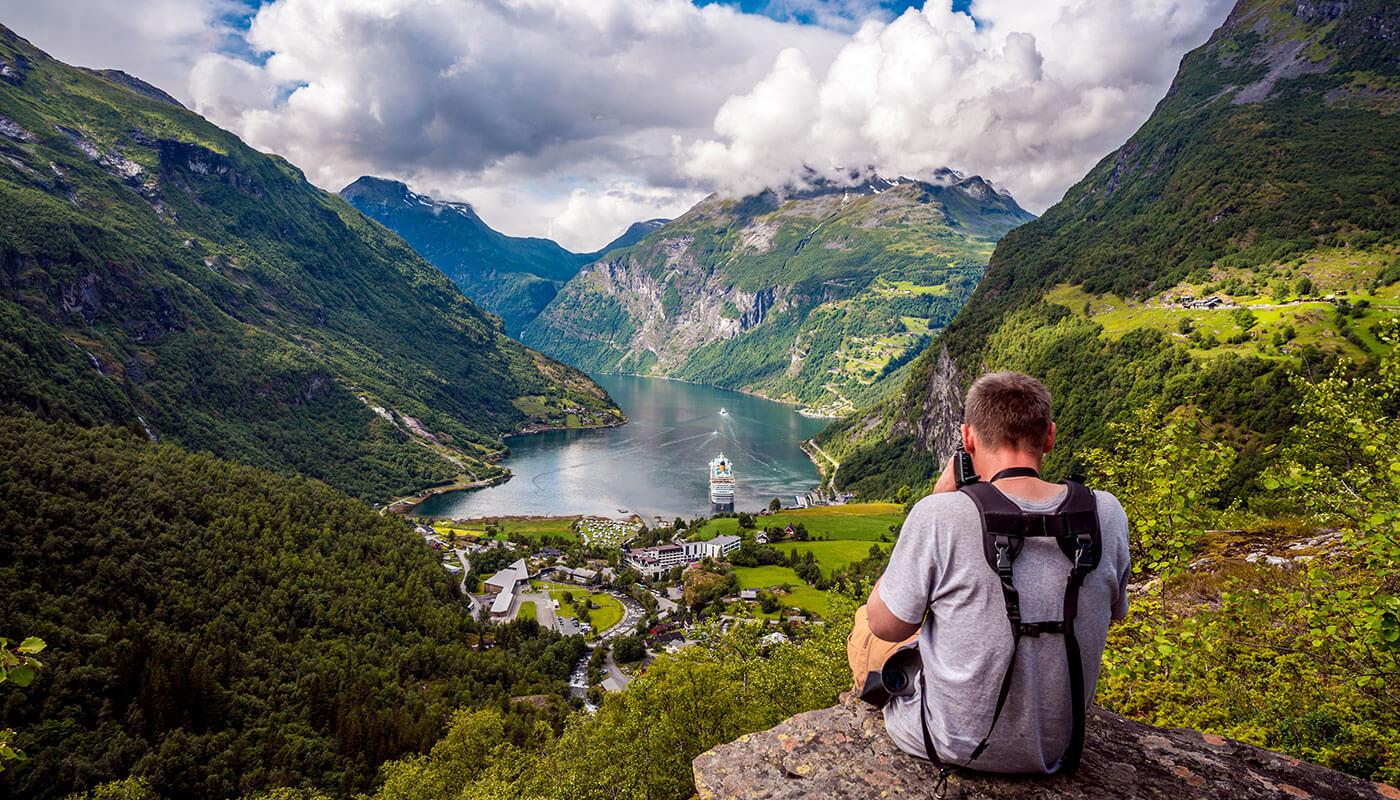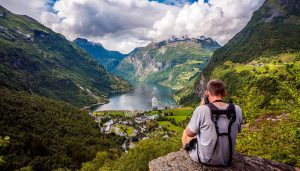Introduction to Yala National Park
Yala National Park, located in the southeast of Sri Lanka, is the country’s most famous wildlife sanctuary. Covering nearly 1,000 square kilometers, Yala is known for its diverse ecosystems, from dense forests and grasslands to freshwater lagoons and pristine beaches. It is especially famous for having one of the highest leopard densities in the world, making it a must-visit destination for nature lovers and photographers.
Best Time to Visit Yala National Park
The ideal time to visit Yala is during the dry season, from February to July, when animals gather around waterholes, making them easier to spot. The park usually remains closed in September and part of October for animal breeding and habitat regeneration. Early morning safaris offer the best chance to see wildlife in action, as animals are more active before the midday heat.
Safari Tips for an Unforgettable Experience
Book your safari with a licensed guide or tour operator to ensure safety and increase your chances of spotting rare animals. Wear comfortable, neutral-colored clothing to blend in with the surroundings and avoid startling wildlife. Bring essentials like sunscreen, a hat, insect repellent, and plenty of water. Most importantly, maintain silence during the safari to avoid disturbing the animals.
Wildlife to See in Yala National Park
Yala’s biggest attraction is its Sri Lankan leopard, which is relatively easy to spot compared to other countries. The park is also home to elephants, sloth bears, spotted deer, water buffalo, and wild boar. Bird enthusiasts will enjoy sightings of colorful species such as the painted stork, peacock, and the rare black-necked stork. Crocodiles, monitor lizards, and monkeys are also common in Yala’s landscapes.
Different Zones of Yala
Yala is divided into five zones, but Zone 1 and Zone 5 are the most popular for safaris. Zone 1 is best known for leopard sightings, while Zone 5 offers a more peaceful experience with fewer vehicles and a higher chance to see elephants and birdlife. Choosing the right zone can make your safari more enjoyable and unique.
Responsible Tourism in Yala
Visitors are encouraged to practice responsible tourism by avoiding littering, staying inside vehicles, and not feeding the animals. Overcrowding and reckless driving can harm the park’s delicate ecosystem, so always choose operators who follow ethical safari practices.
Conclusion
A visit to Yala National Park is more than just a safari—it’s a journey into Sri Lanka’s incredible biodiversity. By visiting during the right season, following safari tips, and respecting the park’s rules, you can enjoy an unforgettable wildlife adventure and help protect this natural treasure for future generations.


